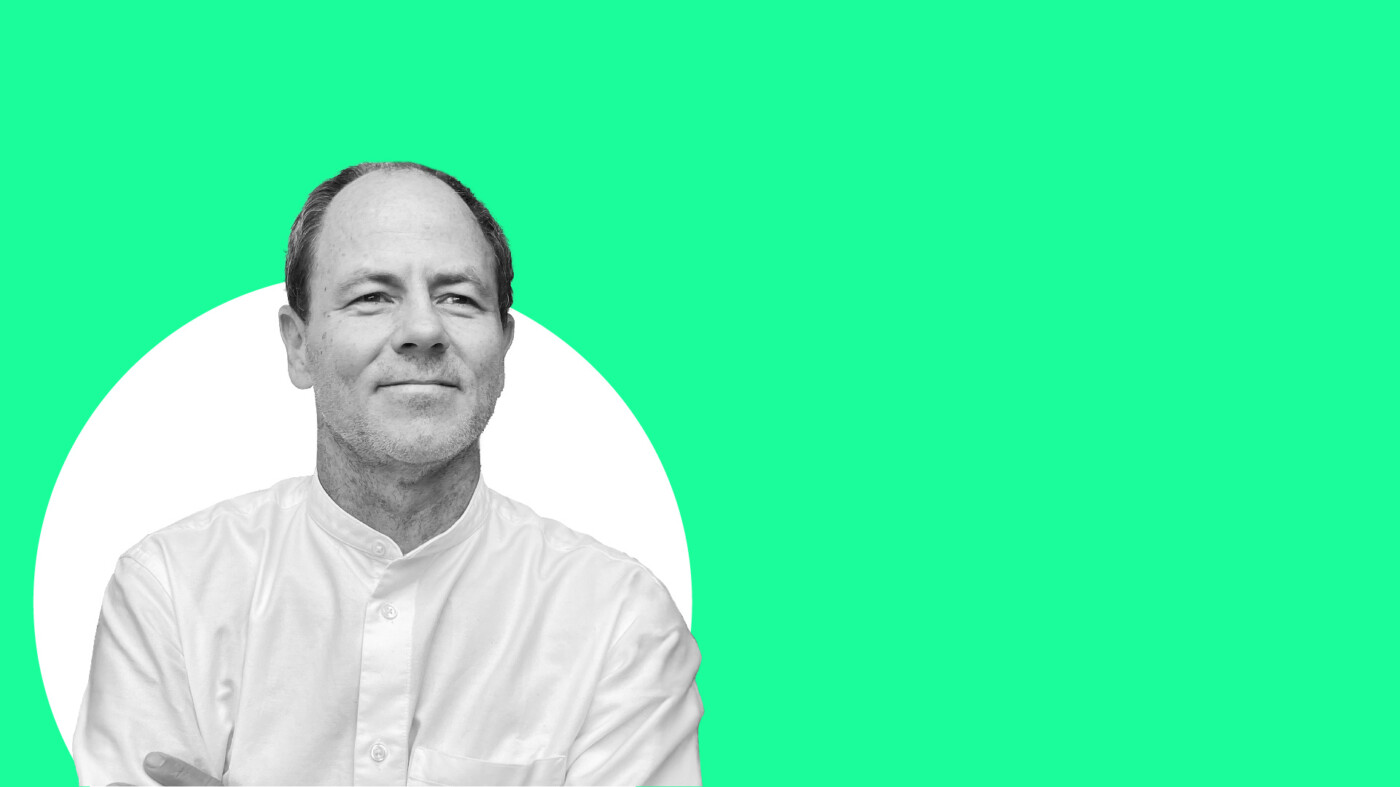How Sean began working in sustainability
A few things shaped Sean's journey into sustainability. His childhood and the people who influenced him at university were major factors. Sean’s childhood in Africa gave him an interest in nature and an awareness of species under threat.
Moving to New Zealand aged 10, he saw the human impact on an island that 10,000 years ago was uninhabited. Later at university, Sean drew inspiration from a key figure in Agenda 21 – Tony Watkins. After a year of Tony, there was no turning back.
The honest truth about climate change
The narrative definitely addresses the truth. In recent years, the climate-denial movement has slowed down. But the world is caught in a place where there are so many options, so many roadmaps – it’s hard to know where to start.
There’s a real need to re-examine business models, phase out gas boilers, and look at electricity production and the entire grid. Change is possible, but the main problem is usually capital and resources. The final piece of the transition will disrupt businesses.
It’s expensive to change a business model and move from linear to circular production. There’s often not a demand for it. Get in too early and it can impact the bottom line. It requires systemic changes across the board from governments, businesses, and citizens.
Citizen action and activation in urban areas
Citizens consume, buy, and vote. Their role is massively important in tackling climate change. The challenge is how to make their hours count. If you’ve got a few hours to give – how do you give them? Making everyone’s hours add up to something impactful is the real key.
There’s often potential for people to do much more. We have lots of assets within our home which could be shared across an economy. Once something is shared – from a drill to a lawnmower to a car to a bicycle – you get to know your neighbour. This can lead to other areas where ‘working together’ can be effective.
Many local authorities released climate action plans in response to the climate crisis in 2019. This first generation of plans was meaningful, but they used language that wasn’t easily understood by communities. There simply wasn’t community buy-in until the arrival of the citizen assembly.
One area where the citizen assembly has been successful is in the borough of Lambeth. In fact, it was so well-functioning that it became the entity to accelerate change with schemes promoting a sharing economy, ‘Incredible Edible Lambeth’ and the ‘We Rise’ campaign. In collaboration with ARUP, We Rise identified three key areas for involvement in the green economy:
- Organic and healthy food
- Circular fashion
- Green jobs in the area of retrofit at scale
This model of empowering organisations and helping them move to the next level, in order to bring citizens with them, is the key to making change happen. It’s about co-design and design thinking, getting people involved in the process, especially those with hidden voices.
Giving people inspiration to change
The concept of the 15-minute city – where all services are within a 15-minute walk or bike ride – is often met with resistance by people who are used to getting into a car. Success with these schemes in cities such as Barcelona will never be a ‘cut and paste’ – they have to be contextualised and made specific to that locality. But they do provide inspiration for change.
Demonstration – showcasing what can be done, even with just a piece of something – is hugely powerful. Sean sees potential in showcasing a home that’s gone through a retrofit at scale, is carbon-neutral, generates all its own electricity, has nature built within it, and is enabled for the sharing economy. This could be a real trigger for change, rather than demonstrating a single product or system in isolation – like a heat pump.
Setting new standards all the time
Sean was involved in the first incarnation of BREEAM some 5 to 7 years ago. This in turn inspired the globally-recognised LEED building rating system. The Paris Agreement means buildings must massively reduce their consumption of fossil fuels. One of the challenges for these rating systems is that the industry moves fast. When the standards change, it creates a dilemma: previously compliant buildings no longer are.
The other challenge is that innovative organisations leading the way forward with sustainability are still in the minority. They are like the tip of a triangle. It’s organisations in the middle and lower part of the triangle that are difficult to change. The challenge with moving to offsite building construction is that existing supply chains and work processes also have to transform. On the upside, onsite construction is faster, less noisy, and less polluting.
Sustainability in fast-growing economies
When storms hit Dubai in 2024, it highlighted that the infrastructure was not designed for taking water. Alongside climate-related issues such as flooding, there’s also a much broader need for more sustainable energy solutions – such as solar power. Right now, the transition is in the early stages, but there’s a lot of thinking and R&D going into the process.
Most of the emissions we generate are sitting in houses and heating. The UK alone has some 24 million homes in need of retrofitting – that’s a huge opportunity. The question is whether that’s for construction corporations or a different model with pop-up training and community-based solutions. Rather than it being something that happens to you, people become a part of the chain.
An industry in transition
ARUP has made a commitment not to work with companies in the fossil fuel industry unless they are transitioning to renewable energy such as hydrogen, solar, and offshore wind.
Academia has a key role to play in transforming design and engineering projects by innovating more sustainable solutions. It all comes back to the three R’s – reduce, reuse, and recycle. But there’s also a fourth R – redesign. In other words, rethinking the outcomes we want to achieve in the future.
To discover more about Sean Lockie’s work at ARUP visit: https://www.ARUP.com/contact-us/sean-lockie/

